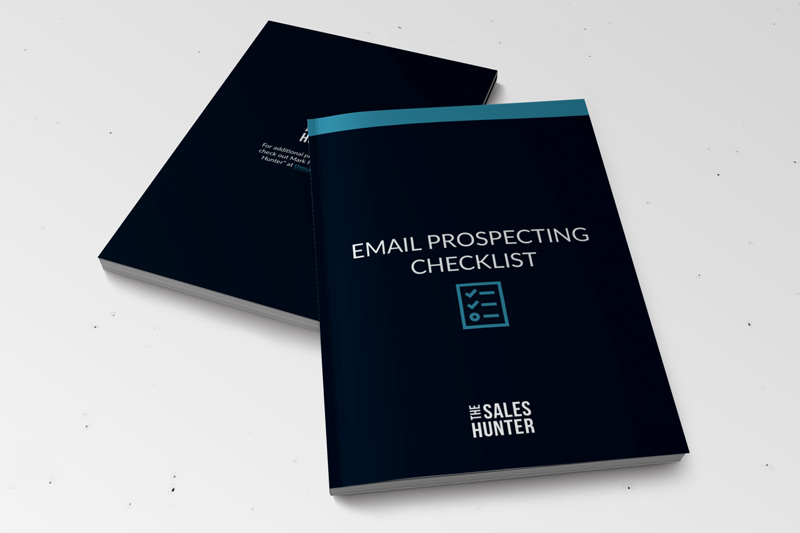Today’s guest post is from Art Gould, a division manager with Self Storage Company, which operates a group of websites, including a Arizona self storage. Art works with a number of sites including those in Texas as well as Colorado self storage sites.In an effort to boost sales, he has tried many different sales strategies and has found that those that create the most dialogue with consumers are often the most successful.
In my business, customer satisfaction is a high priority. As a division manager for a self-storage company, I need to deal with customers on a daily basis and I am always on the lookout for new customers. How I interact with my customers and potential customers is something I am constantly evaluating and re-evaluating so that I can find the most effective means of communicating with them.
Being a curious sort of guy by nature, I find that I am always asking questions. I do this with everybody but even more so with my clients. Initially, I looked at questions the same way many of us do: as mechanisms to satisfy my curiosity.
But as time went by, I began to analyze the conversations I was having with my clients and started noticing that there were such things as high-quality questions and low-quality ones. Certain questions would produce higher quality answers.
The powerful questions seemed to quickly lead to the kind of results I considered important: customer loyalty, client satisfaction, and more sales! Based on this observation, I developed a new sales approach which involved asking more questions and not only that, asking the right questions!
Since putting my new approach into practice, I’ve gotten very positive results. I’ve summarized the key points of my approach so that others can put this strategy to use and be effective in their own sales environments:
STEP 1: Ask questions that generate dialogue and build trust with your customer. As a salesman, I want to get to know my customer. I’ve found that the most effective way of doing this is to create a foundation of trust with him/her.
By inquiring about my customers and their lives, I accomplish two things: I begin to fully understand their situation (which helps me in the subsequent steps of my approach); and I also create a valuable bond with them which will inevitably evolve into a level of confidence and trust. I am showing them that I am interested in them and that I care about their personal circumstances. The key is to directly engage the customer with my questions. I make my
questions open-ended; in other words, questions cannot be answered by a simple yes or no.
STEP 2: Follow up with questions. I focus my follow-up questions on more specific things I’ve learned about my customer that I know will make my product or service attractive to him/her. For example, my business happens to be
renting self-storage units. If I learned that my client intends to sell his house, I might ask him what his sales agent says about the importance of making the house look tidy and clutter-free.
Again, the key is to do everything with questions instead of diving into an immediate sales pitch about my storage units.
STEP 3: Listen. I don’t learn that much when I’m talking but I learn a whole lot when I’m listening! My rule of thumb is that if I am doing more than half of the talking, then I am doing a bad job. Best-selling author and sales/marketing expert Neal Rackham is even more stringent with his sales advice: “If you talk for more than one-third of the discussion, then you are selling badly.”
STEP 4: Finally, ask questions that make your customers visualize the benefits to them of using your product or service. Regardless of whether my customer knew all along she had a problem or whether she just now discovered it, I can be the person who rides to the rescue and forges the solution for her. The trick is to communicate this by asking questions that lead the customers to see for themselves how my product works for them with a minimal amount of selling on my part.
With carefully-chosen questions, I try to implant an image in the mind of my client and that image looks like a world in which the client’s problem no longer exists. As I do this, I am sprinkling in some information about my product which just happens to fit neatly within this mental image.
I am as excited about my sales approach as I am about letting others know about it. I enjoy asking questions anyway so why not put them to good use? When you come right down to it, I never really liked giving sales pitches anyway. I much prefer to connect with my clients by asking questions, listening, and learning.












One Response
Questions also reveal how much you know about your target, their issues, their industry, their challenges and how you can add value.
I like your idea of using questions instead of a sales pitch. Anyone can learn a sales pitch but then you are just a presenter much like the news readers on TV (called an anchorman) as opposed to an investigative journalist/salesperson you should be.